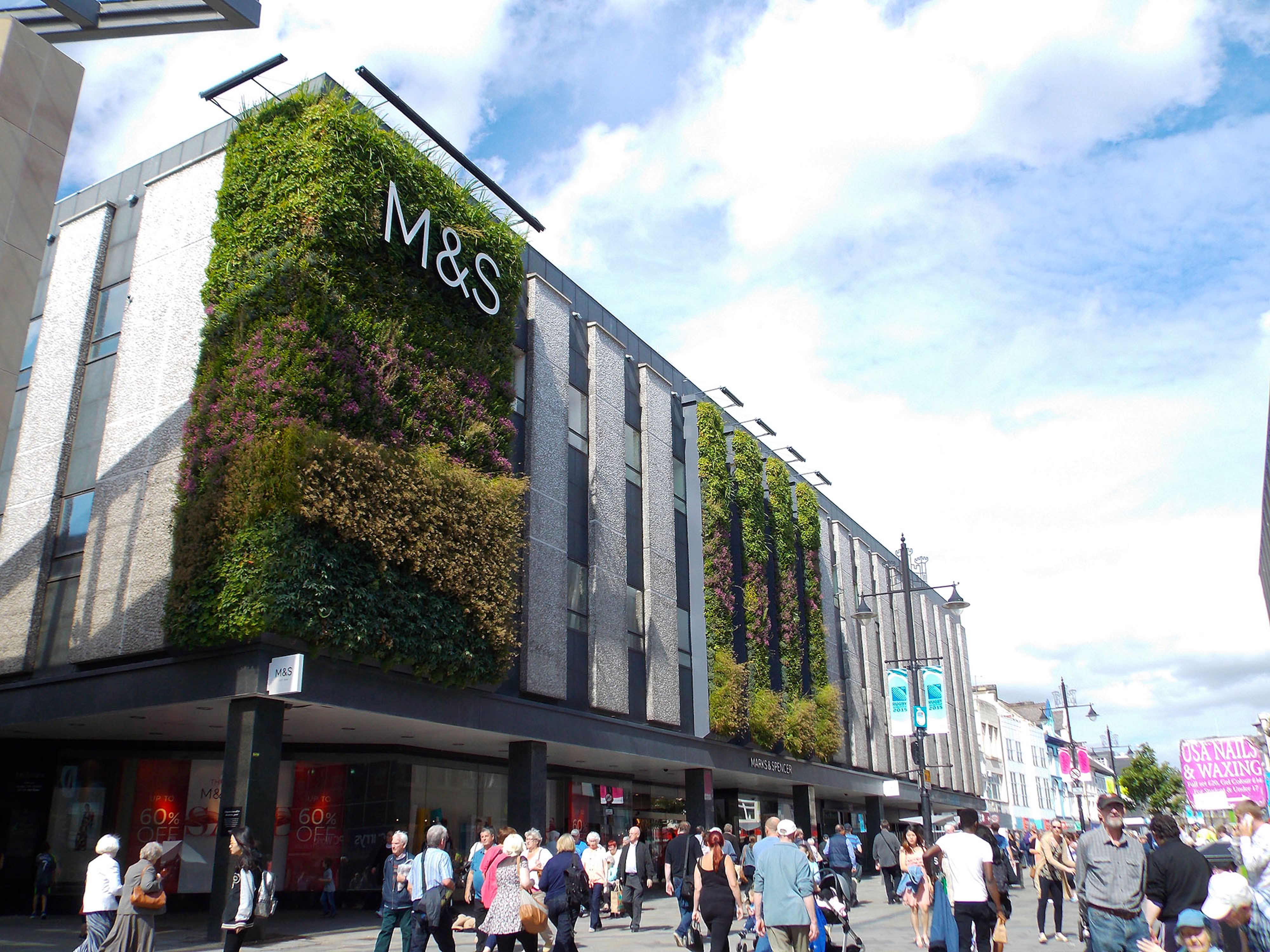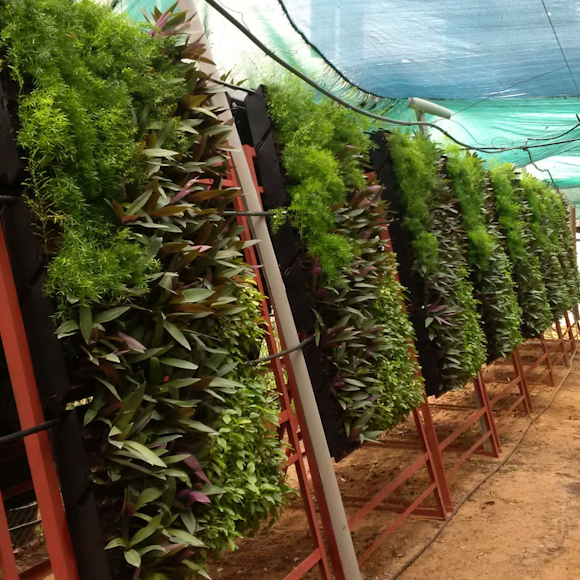The impact green spaces can have on our health and wellbeing is significant yet as cities expand and green spaces disappear, nature is playing less of a role in our lives. Re-introducing the living environment has never been so important and, with this, the use of living walls is key.
Vegetation on buildings is not a new occurrence; it can be traced throughout history. The Hanging Gardens of Babylon – one of the seven wonders of the ancient world, which dates back to 600BC – is a great example. Green facades were also very important in the Arts & Crafts and Modern style movements in Europe. For example in the beginning of 20th century, the ‘Jugendstil’ movement used climbing plants on buildings to make a seamless changeover between the house and garden. The ‘Green City’ movement in England also showed great examples of green facades.
Despite this, the 30s then saw a decline of the use of climbing plants, which was largely due new building techniques and concerns about the effects on wall stability. That was until French botanist, Patrick Blanc introduced his first green wall at the Museum of Science and Industry in Paris in 1988; Patrick is noted as the first to design the ‘modern’ pattern of green walls, with a full hydroponic system, and insert medium and numerous exotic species.
The modern technology behind living walls has developed significantly and now, offers a host of benefits. As well as introducing greenery into cities were green space is now so sparse, these living walls can disguise eyesores, while enhancing and adding stunning visual impact to any public space, whether indoors or out. The walls are also great for wellbeing while helping reducing noise levels – both of which improve work rates. And let’s not forget their ability to help filter pollutants too.
Although ‘modern day’ living walls are still fairly new, innovation in the industry is moving fast and we’re seeing them pop up all over the place as more and more companies are recognising their vast benefits. And lets be fair, keeping hold of our green space is going to be an ongoing problem so making use of technologies such as living walls will be is key for us to enjoy a ‘green’ future.


